Product Description
THE COOK’S TOUR
Pasta is consumed all over the world. It’s one of civilization’s great, cheap foods.
So what makes pasta from Garofalo, from the tiny town of Gragnano (gra-NYano), Italy, so special? Why pay a bit more for it?
For more than five centuries, Gragnano has been known as the cradle of the Italian pasta business. Their location’s warm, sunny days, and ocean breezes, allowed for the mass air drying of pasta, in the 18th and 19th centuries.
Garofalo is the Ferrari of the pastai. Since 1789, they have been making world-class pasta, not cheap noodles
The bronze die is used on carefully selected, strong, Italian durum wheat. The dough pushed into strands, and shapes, is fundamentally different than American-market “fast” pastas, made smooth with teflon dies, to push out more pasta, faster. Even ones with Italian names, like Barilla.
Bronze dies add tiny edges, or burrs that form. Those tiny tears help sauces, oils, and other coatings not just adhere to the pasta better, but soak in. The density, porosity and resistance insure the best mouth feel, in every bite.
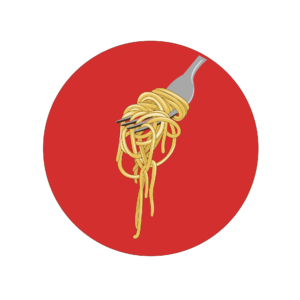
THE BACKSTORY
GEOGRAPHY
Gragnano is one of the many little towns in the hills South of Napoli (Naples).
It been one of the biggest producers of pasta. At one point, a bit more than 70% of the town was employed in the pasta business, or supporting companies.
Trenette originated in Genoa, around 1700 ACE, in the Liguria region of Italy. Genoa is a port town, where seafood has been a staple of the citizens’ diet, for most of its history. At some point, someone in the region ‘improved’ the trenette into something slightly smaller: Linguine. These days, the distinctions between the two are pretty small.
THE COOK
PRO TIPS
If you’re going to cook great pasta, know the WHY of it, and why a pasta like Garofalo, helps you look like a pro. Remember these tips:
- Boil your noodles with kosher salt. Salt is a FLUID EXCHANGER. When you add it to the boil, it helps the “hooks” in the pasta impart more flavor into it. For many dishes, I’ll toss in a clove or two of garlic, to establish a flavor. You can also use a boquet garni, cheesecloth with herbs, or spices, tied into a pouch.
- Watch your boil. Once you achieve a rolling boil, and put the noodles in, lower the heat. Use a thermometer to keep it around 95-100°C/200-212°F. If it’s rolling, and foaming, you’re overcooking the pasta, extracting starches, and flavor, that you want to preserve. You can keep pasta in very hot, non-rolling water and cook it perfectly. Avoid “traditional” overcooking that relatives have taught to you.
- Forget the oil myth – An old grandma’s tale is that you put oil in to SOFTEN the pasta. First, the only way to do that is to overcook the pasta. Oil is HYDROPHOBIC. It sits on the surface. To boil it enough that the oil breaks down, you’re also breaking down what’s good in the pasta. You’re also turning the oil, any oil, bad. Hydrolyzing oil, in boiling water turns it gummy. That’s great, for bad pasta, that has no adhesion, which is probably why people, using cheap pasta, notice that it works, to some level. On the other hand, you’re also changing the nature of the fats, in the oil, to a kind of unstable trans-fat, which isn’t good for you. BASTA! Buy great bronze-die pasta, and let the “burrs” do the work of opening up the noodle to the flavors.
- Saucing Secret – If you’re going to toss the pasta in oil, or egg/cream, then cook it straight to al dente, around 11 minutes. If you’re going to use it in a thinner sauce, like marinara, wine/butter, or broth/stock, remove the pasta with about 3:00 minutes remaining, and put it into a hot pan of that broth or sauce, already cooked, to soak up the flavor, and finish both. Remember to make the sauce about 5-10% more hydrated (more liquid), more the higher the altitude, to allow the pasta to finish fully. If it’s still too al dente, just add a bit more water, and cook a bit longer.
WHY LINGUINE?
Linguine is a wonderful entry point to the flat noodle. It’s not wide enough, like a tagliatelle, or pappardelle, to be a ribbon that brings a lot of dense food products into your mouth. Linguine is more subtle. A hybrid between the spaghetti tube, and the flat noodle.
It has enough surface, when spun around small bits, that it will pick them up. That is why it accents clams, and other seafoods. because you can experience the texture of the fish, clams, shrimp, etc. and the pasta is the bonus that conveys the seafood and sauce to your mouth. People often like to “see” some seafood, like shrimp, because they enjoy the texture.
Some fish, like sardines, or tuna, texturally are inconsistent, or not good mouth feel, to some. Chopping them finely, with other ingredients, integrates them into a tastier whole, without the mouth feel, or visual anxieties, that some types of seafoods can create.
In the case of a sauce, like a pesto, it gives the small bits of the ingredients more adhesion space, therefore more flavor in the mouth. Always remember to use the heavier ingredients in moderation.
Particularly with Garofalo, you get a noodle that will drag a lot of flavor with it. The possibilities of improvisation are almost limitless, as long as you respect the main components of the dish that it transports to your happy face!
TRADITIONAL USES
Most traditional linguine recipes that I’ve seen gravitate towards seafoods, as the pasta originates from Liguria. It’s also most popular in port towns, and the islands, down to Sicilia.
In the North, you’re more likely to see it served with a pesto, although, in the 21st century, the regionality of any pasta has been kind of lost to global use of flavors, and foodstuffs.
- Linguine con vongole (Linguini and clams)
- Linguine ai frutti de mare (Mixed seafood linguine)
- Linguine ai pesto con potate
- Linguine with sardines, lemon, capers, and sun dried tomatoes
A FEW RIFFS
- Linguine with Berbere Tagine Ground Lamb
- Linguine with peanut flour, garlic mint, tomato and okra
- Linguine with herring in a dill sauce
- Currywurst linguine
MY TAKE
I’ve cooked with a LOT of different pastas, including house-made. Short of owning your own brass extruder, and carefully importing your Italian durum semolina wheat, both expensive propositions, for the average home chef, if you’re looking to achieve amazing results with your pasta dishes, you have to start with the best ingredients.
Of all of the pasta companies, from Italy, whose pasta I’ve ordered, Garofalo is consistently the best.
The mouth feel of their linguine is, well, incredible. Unlike a lot of cheaper “Italian” brands, like Barilla, it absorbs, sauces, and flavors, yet still retains the beautiful flavor of the wheat.
That’s why their No. 12 Linguine receives my five-diamond Choicestuff™ award.


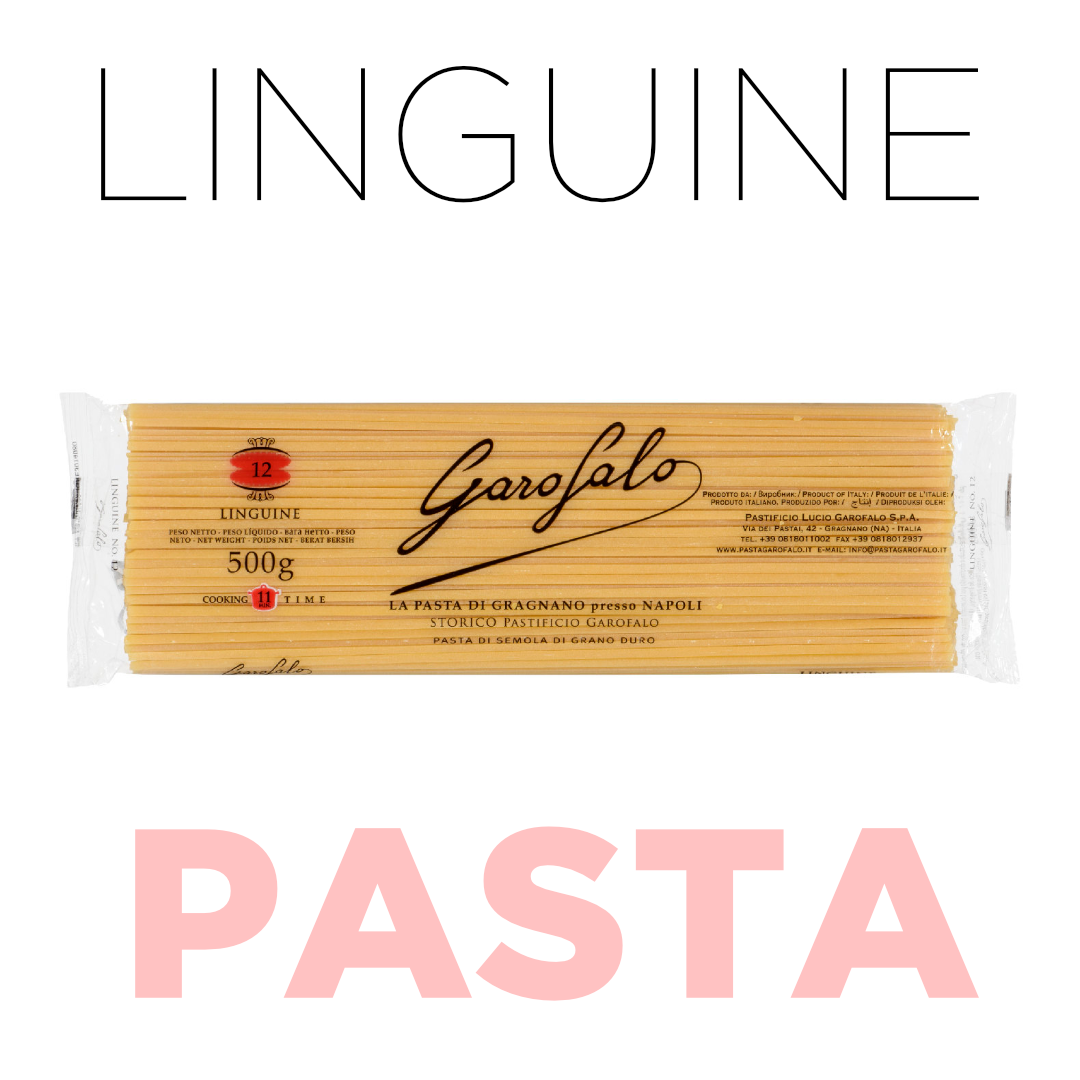
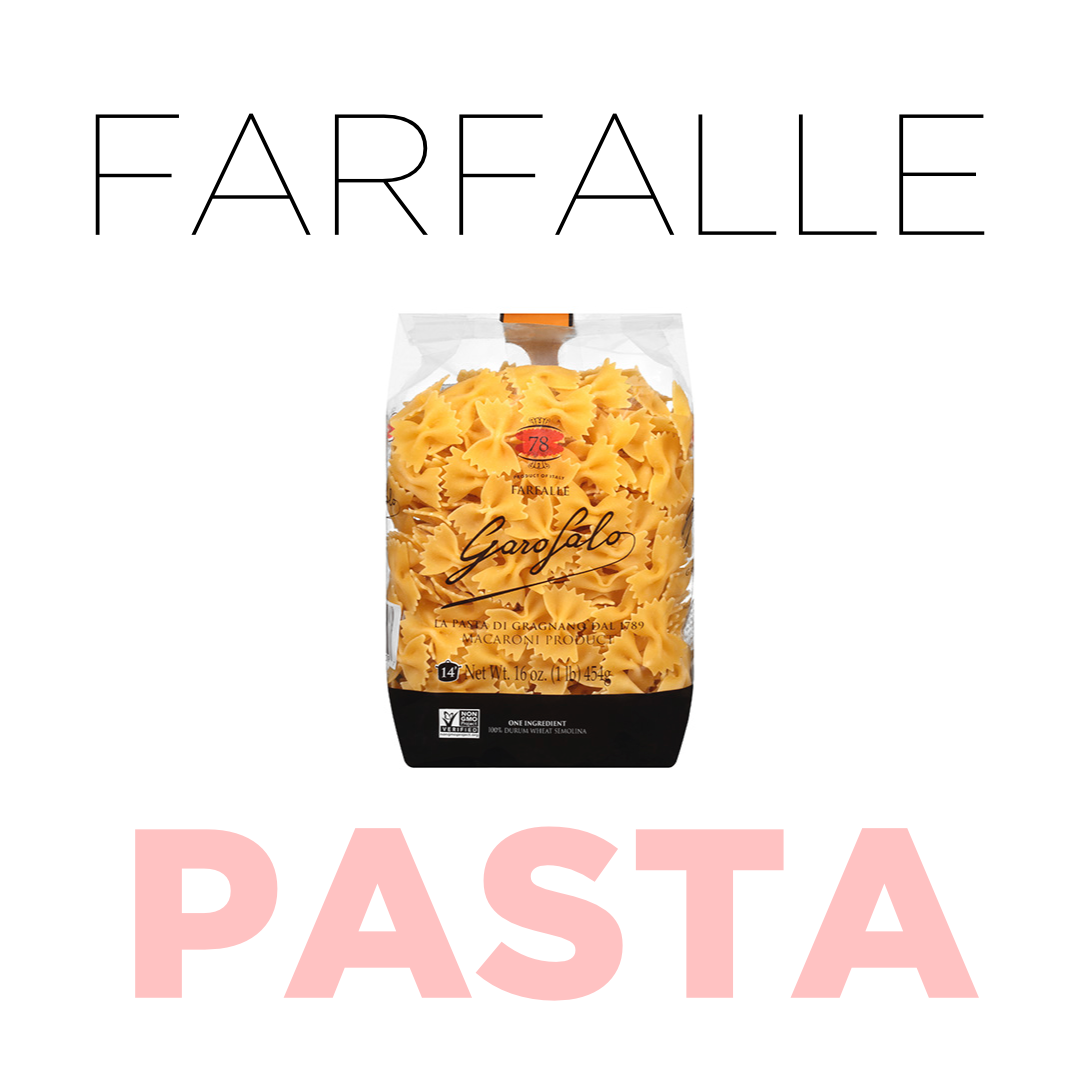
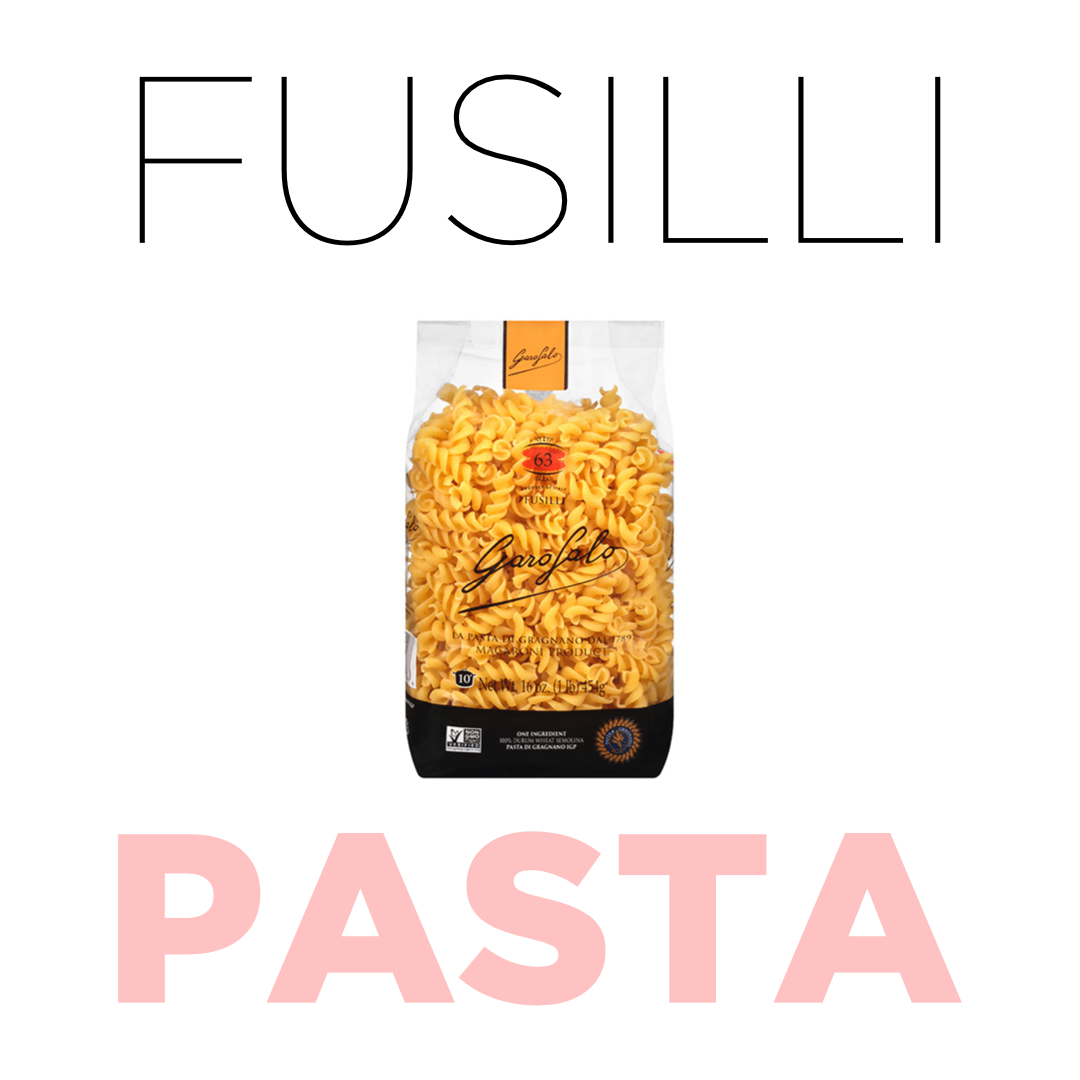
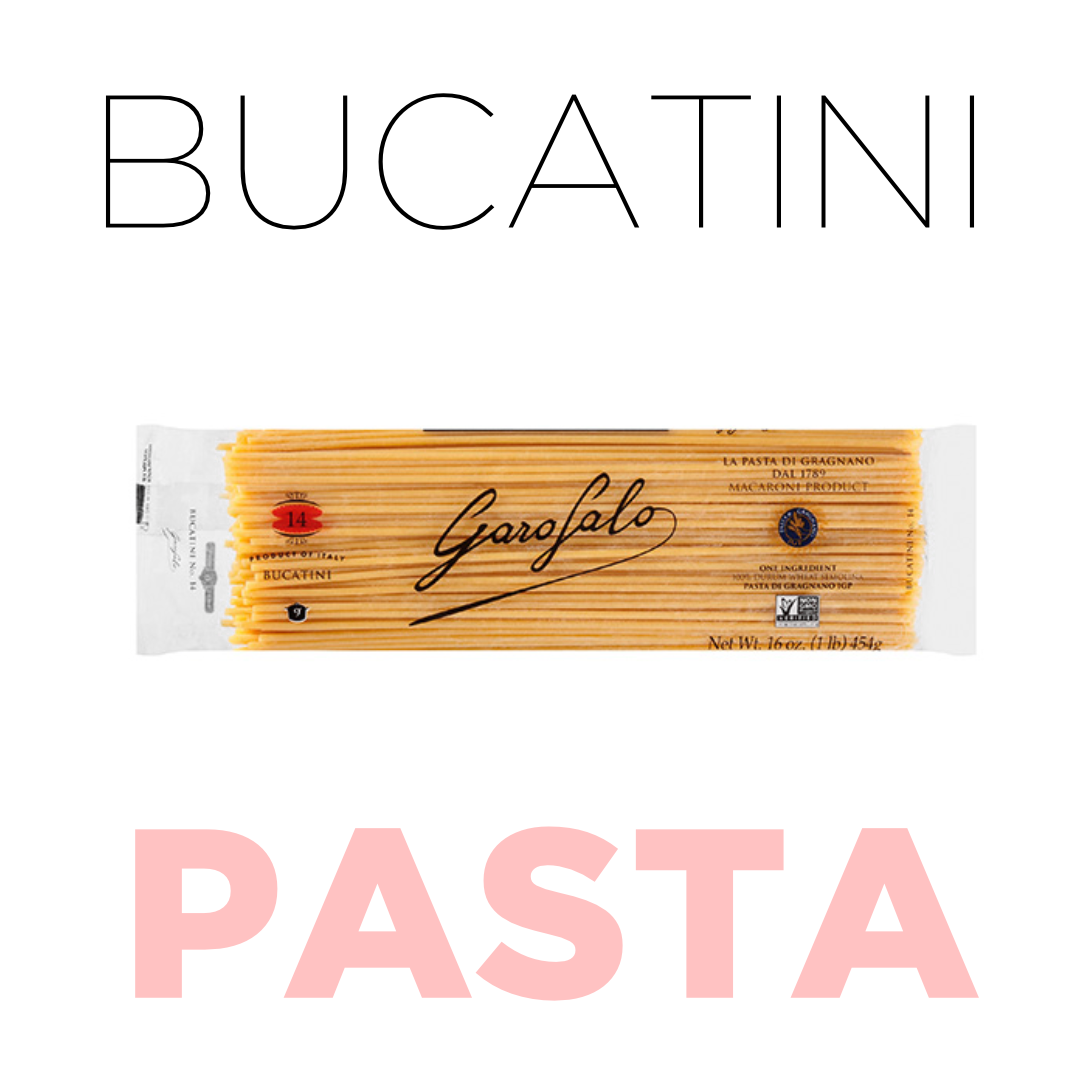
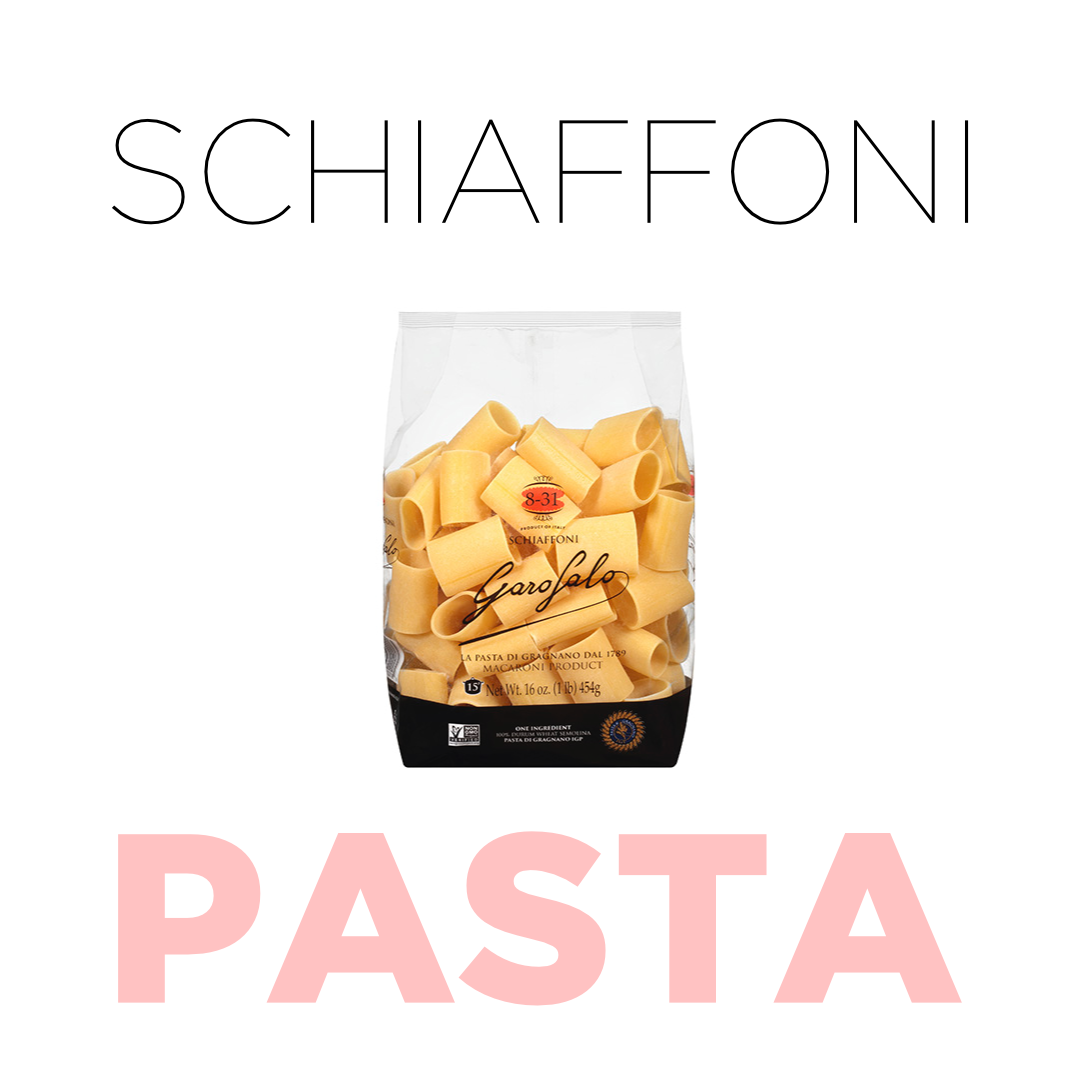
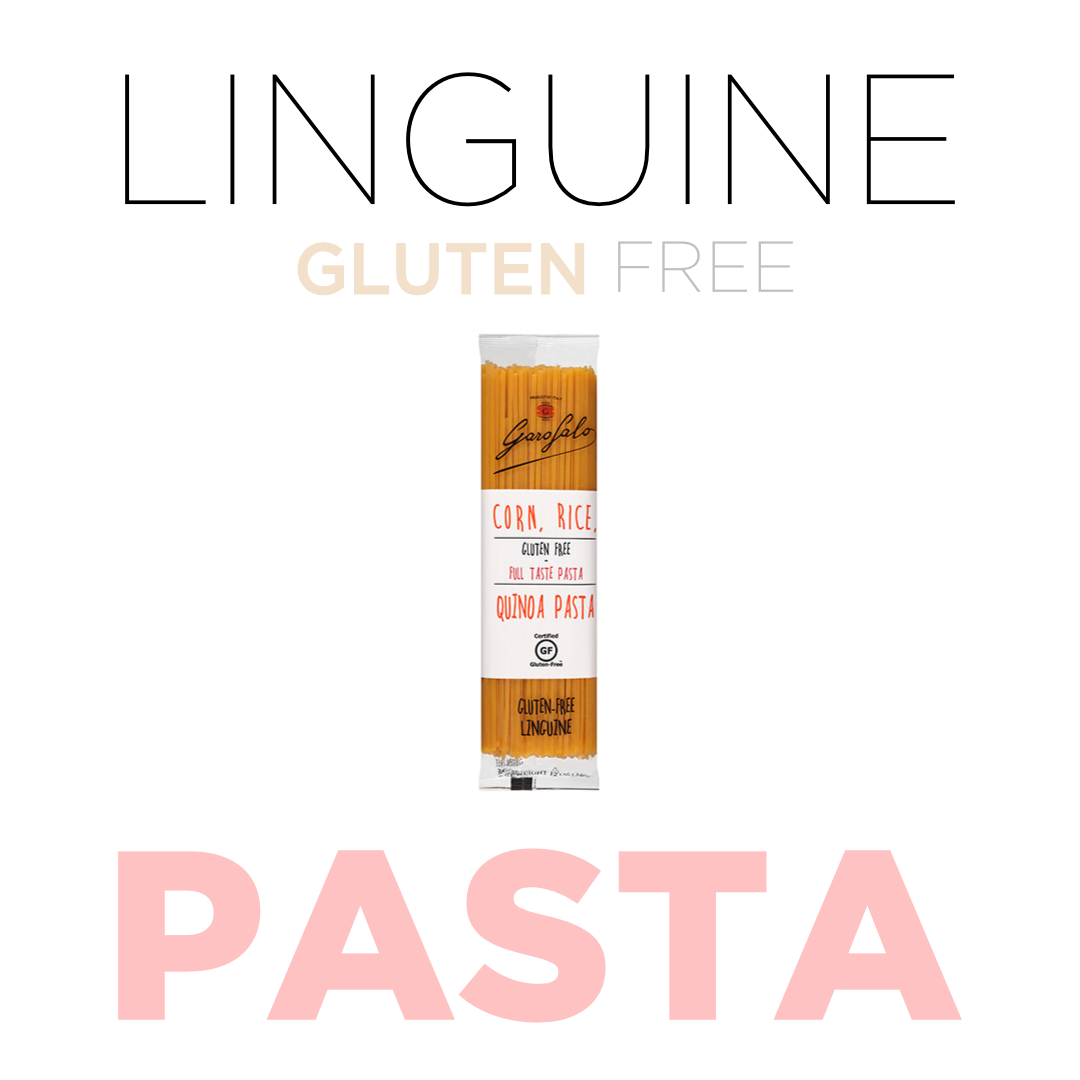
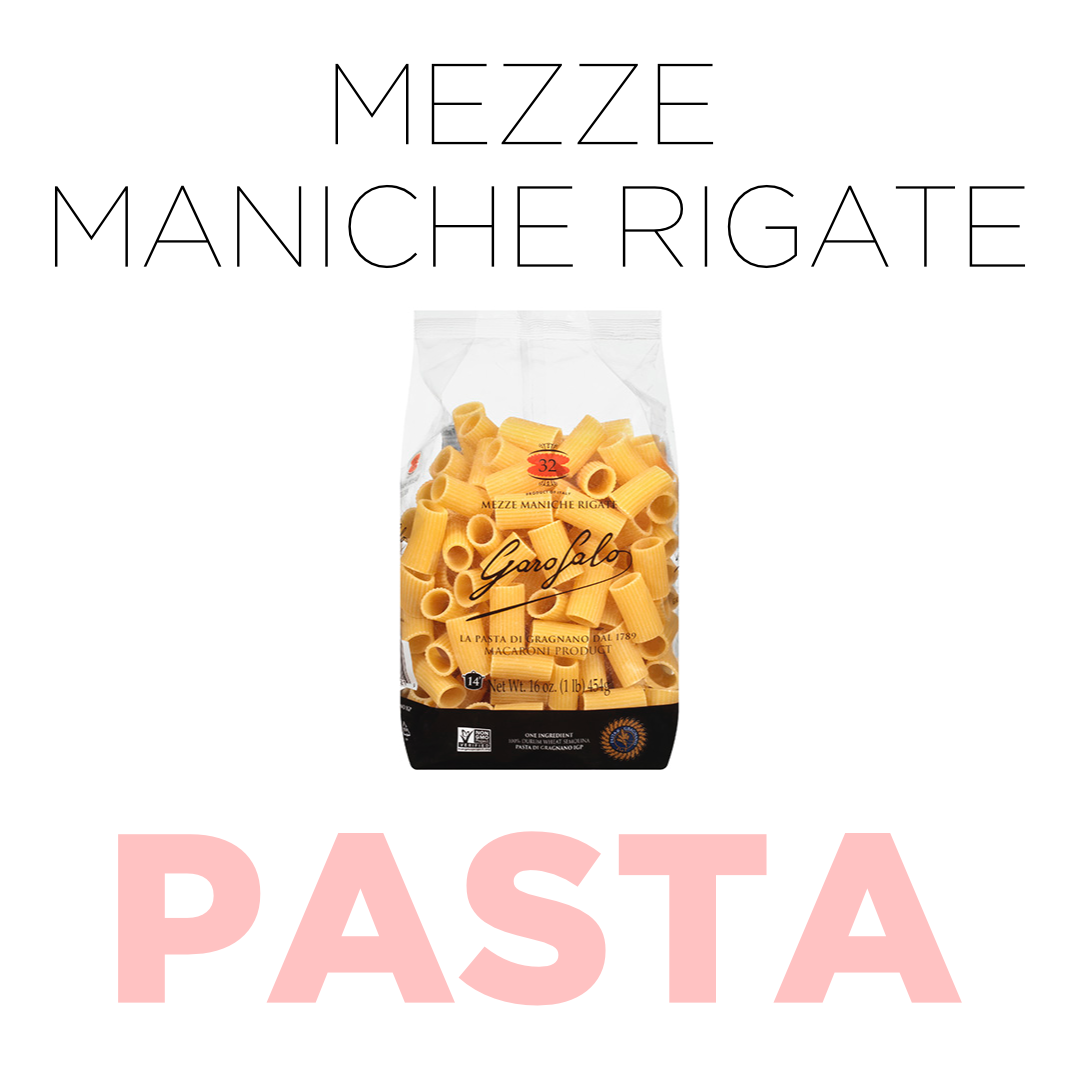
Reviews
There are no reviews yet.